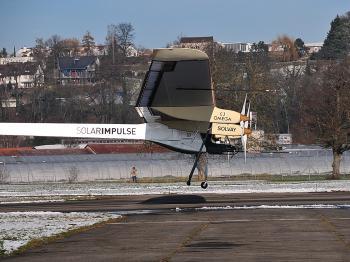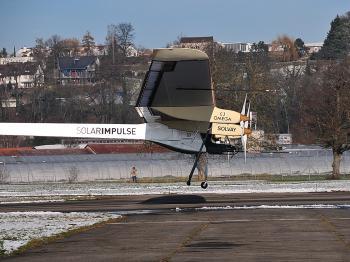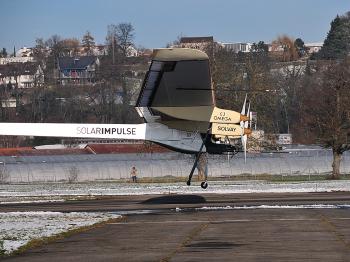The first solar-powered aircraft took flight on Dec. 5 in Duebendorf, Switzerland. The plane flew nearly 1200 feet, just skimming the ground at an altitude of approximately 3 feet. The entire trip lasted 28 seconds.
The organization responsible for this short, but completely sun-powered journey is The Solar Impulse Project. Their goal is to make solar energy powered planes a reality.
The organization responsible for this short, but completely sun-powered journey is The Solar Impulse Project. Their goal is to make solar energy powered planes a reality.






